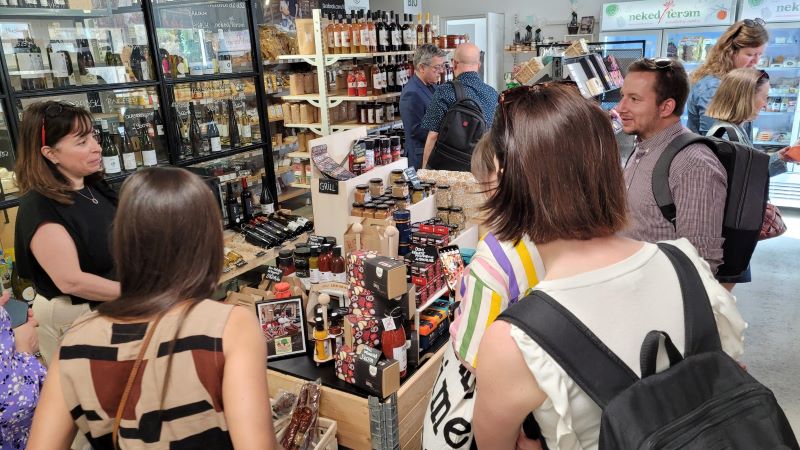
FRiDGE is ful…filled.
Six European partner regions learnt from each other for 3+1 years how to improve the competitiveness of the food and drink SMEs and to support them to grow.
Project FRiDGE (Development of food industry SME competitiveness for better potentials in growth) deals with one of the most important aspects of European food and drink industries: SME competitiveness. The food and drink sector is the biggest employer in the EU and the largest sector in manufacturing while 99% (285,000 businesses) of the companies are SMEs accounting for 62,8% of the total employment in the sector but only 48,1% of the value added and 49,4% of the total turnover (based on FoodDrinkEurope data). Increasing input costs diminish turnover which results in the sector losing its competitive edge in terms of profitability.
In order to support the food and drink sector to be able to keep its position in the world market the partnership seeks to contribute with interregional policy learning, promotion of good practices and leveraging interregional experience exchange by improving relevant operational programmes and regional policies. Market reach both inside and outside of the EU, productivity issues in terms of process management and capacity enhancement with regards to machinery and equipment are the focal points of this interregional cooperation with special attention given to EU2020 goals regarding sustainability and social inclusion as underlying secondary goals.
The partnership consist of six organizations across from the quadruple helix (government and academia), and food and drink industry is the main beneficiary of the project, and also the general public will indirectly benefit from this cooperation in terms of the better performance of the sector in the partnering regions and in the EU.
€1,180,604.00
SME competitiveness
Objective: The EDIOP aims to stimulate the economy of the less developed regions in Hungary though several objectives making it a wide angle OP, and one of the most important priorities are the competitiveness and productivity of small-and medium sized enterprises, which is related to ERDF thematic objective 3(d).
Characteristics: The Specific Objective in question deal with market reach in the SME sector due to the low international market share of those actors, which is true to a bigger extent to food industry as well. The open nature of the Hungarian economy and the relatively small size and the low level segmentation of the domestic market makes it even more important for food industry to reach EU and extra-EU markets.
Priority concerned: 3.1. Creating a marketable and cooperative SME sector through increasing the cooperation intensity of business, with special regards given those engaged in export activity - linked to ERDF Investment priority 3(d)
Reasons to improve: Even though the EDIOP intends to deploy state-of-the-art solutions the steps taken forward however are too small, which could be improved by policy learning and sharing good practices in terms of competitiveness measures, which should put more emphasis on improvements in soft expertise and participating in international networks. Further stressing international policy inputs may improve the current state of the policy instrument.
Objective: The Regional Operative Programme 2014-2020 addresses the development needs of regions, amongst others regarding SME competitiveness in all sectors. The ROP is deisgnated to be in line with Europe2020 directions.
Characteristics: The ROP 2014-2020 addresses the major development challenges for Romania - regional competitiveness, sustainable urban development, low-carbon economy and economic and social infrastructure - through different priority axes. Based on the ROP regions develop their regional development strategy and have a budget allocated from the overall OP. IP 2.2 contributes to realizing the goal of Harghita County to build an overall economic system aligned with local development needs.
Priority or measure concerned: P2 of the ROP targets improving the competitiveness of SMEs. IP 2.2 “Supporting the creation and expansion of advanced capabilities, production and development of services” aims at further developing competitive advantages of SMEs. The main challenge of SMEs’ is quickly responding to the market demands.
Reasons for improvement: The further development of the policy instrument is necessary by prioritizing food industry projects, in order to catalyze investments in remote regions with less visibility. The policy recommendations could be inserted into the targeted PI through the formulation of better focused thematic calls at regional level, and modified selection criteria of the financed projects.
The main objective of the ROP–Axis 3 is to promote regional economic attractiveness & to increase the competitiveness of SMEs through actions proposed by the RIS3 plan (like internationalization assistance, regional structures for innovation support, direct SMEs co-financing etc). Food & drinks sector is the most exporting one in RWM (after fur sector) & a RIS3 priority sector.
Characteristics :
The main characteristics of the instrument consist of activities to improve the food sector regional governance in internationalization as a high priority among other actions of the PI 3.d.
Priority concerned:
RWM after the interregional learning period will prepare an Action Plan for ROP Axis 3 structural funds, that will combine the project objectives & lessons learnt, with the regional strategy on RIS3 food sector related with internationalization SME’s funding.
Reason for improvement:
The region faces a 60 years lack of entrepreneurial culture due to the mono-industrial heritage (power supply from lignite). As RWM is entering the post-lignite era it should enhance the effectiveness of SMEs development plans related with high qualitive food products that will be internationally promoted. RWM should reposition existing initiatives as pieces of a coherent territorial strategy based on food sector to promote the economic attractiveness of the region, in order to manage & develop in a sustainable way. Regional policy instrument improvement is under a strong political commitment.
From the Regional Strategy of South Ostrobothnia especially Thematic Objective 1.Regenerative Local Industry and Commerce and Subtarget 1.1. Growth and Promoting Activities That Support Regeneration will be addressed by the project. In the Regional Strategy and the Regional Operative Plan the renewal of industries has been recognised as one of the key development objectives as the intake of innovation, research results, proactive competence building or digitalisation is slow hindering the small businesses from competing , growing and being able thrive in their changing business ecosystems in long run. As a part of renewal approach special reference has been made to developing sustainable food systems and new solutions for bioeconomy, food safety, traceability, digitalisation of the food chain, farming of the future, nutrition and healthiness. Digitalisation, IoT, resource efficiency and circular economy are connected to development of all businesses in all business sectors, not just food. Because the business owners are ageing, also change of owner is a relevant development topic. Many entrepreneurs are masters on their own field of expertise, but improving basic business skills and knowledge is needed. Improving the provision of business services and supporting SMEs in transnational cooperation and exporting their products are also amongst the recognised development challenges.
In early 2017 the Bavarian Ministry for Nutrition, Agriculture and Forestry started the “Premium strategy” to focus the high quality regional food specialities and its producers. The idea is to strengthen regional value chains for niche products and SMEs and give them a stable perspective in their market share. The Premium Strategy for Food focuses on products at the "top of the quality pyramid". The added-value strategy benefits producers and consumers alike and gives the consumer orientation in the direction of "special specialties" and raises awareness of the quality and peculiarity of domestic producers.
The Premium Strategy is built on three pillars:
“100 Genussorte” (100 indulgence spots) is an award for locations (cities, villages, regions, monastery etc.) in Bavaria with an outstanding and/or traditional food culture and/or extraordinary food products.
Pillar two is “Genussakademie Bayern” (indulgence academy). This section does qualification and skill enhancement (e.g. cheese sommelier, spice sommelier and new formats) for professionals from the food sector. The main goal is also the development of common high quality standards.
The third is called “Regionale Wertschöpfungsketten” for strengthening regional value chains for niche products and SMEs. This part of the strategy has the aim to help to connect the parties along the food supply chain – help for building bridges, for choosing the right activity/strategy and finding business partners.
The objective of the policy plan is to create an innovative and sustainable East-Flanders.
Stimulating growth in the food industry is one of four major priorities of the plan. As the food industry in East-Flanders is a major sector for growth, locally embedded and important for employment.
The main activities to stimulate the local food sector described in the policy plan are:
- Public private cooperation:
o positive image building of the local food industry to attract new customers and employees (war for talent)
o promotion of local food products to the local market
o promotion of local food products on the foreign market
o cross-sectoral cooperation between for example the food industry and the tourism sector; or the food industry and the social sector
o distribution of food products in a short chain to local consumers
o developing managerial and entrepreneurial social capital in the food industry SMEs
- Triple Helix approach: local government, food industry and knowledge centres share needs and solutions on innovation in the food industry.
The Economic Council of East-Flanders hosts a network ‘Lekker Oost-Vlaams’ (Tasteful East-Flanders) of more than 200 SMEs from the food sector.
The most important reason for improvement is the rapidly changing environment (VUCA world). More than 90% of the food companies in East-Flanders are SMEs. They need extra support and facilitation by government policy actions in developing their business. New initiatives should be undertaken.

Six European partner regions learnt from each other for 3+1 years how to improve the competitiveness of the food and drink SMEs and to support them to grow.
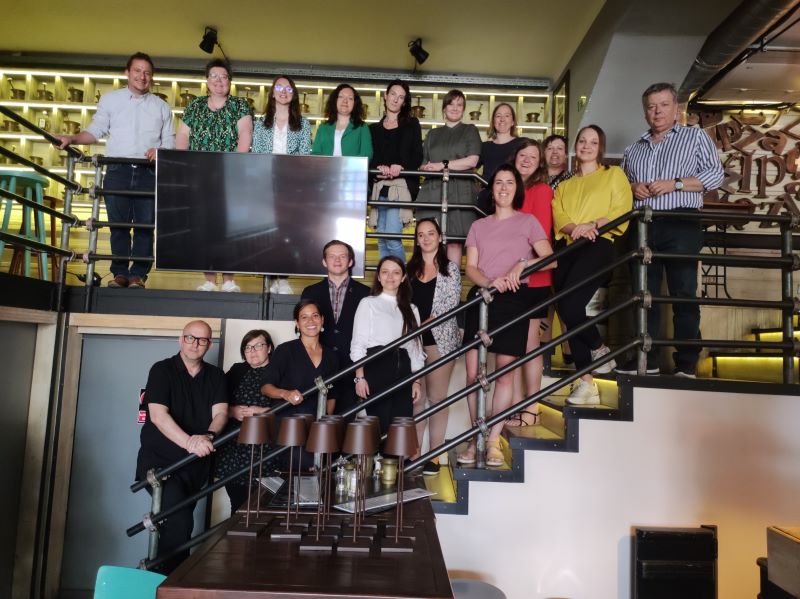
The Final Conference of the FRiDGE -project was organised in Budpest, Hungary on the 25th and 26th of May.
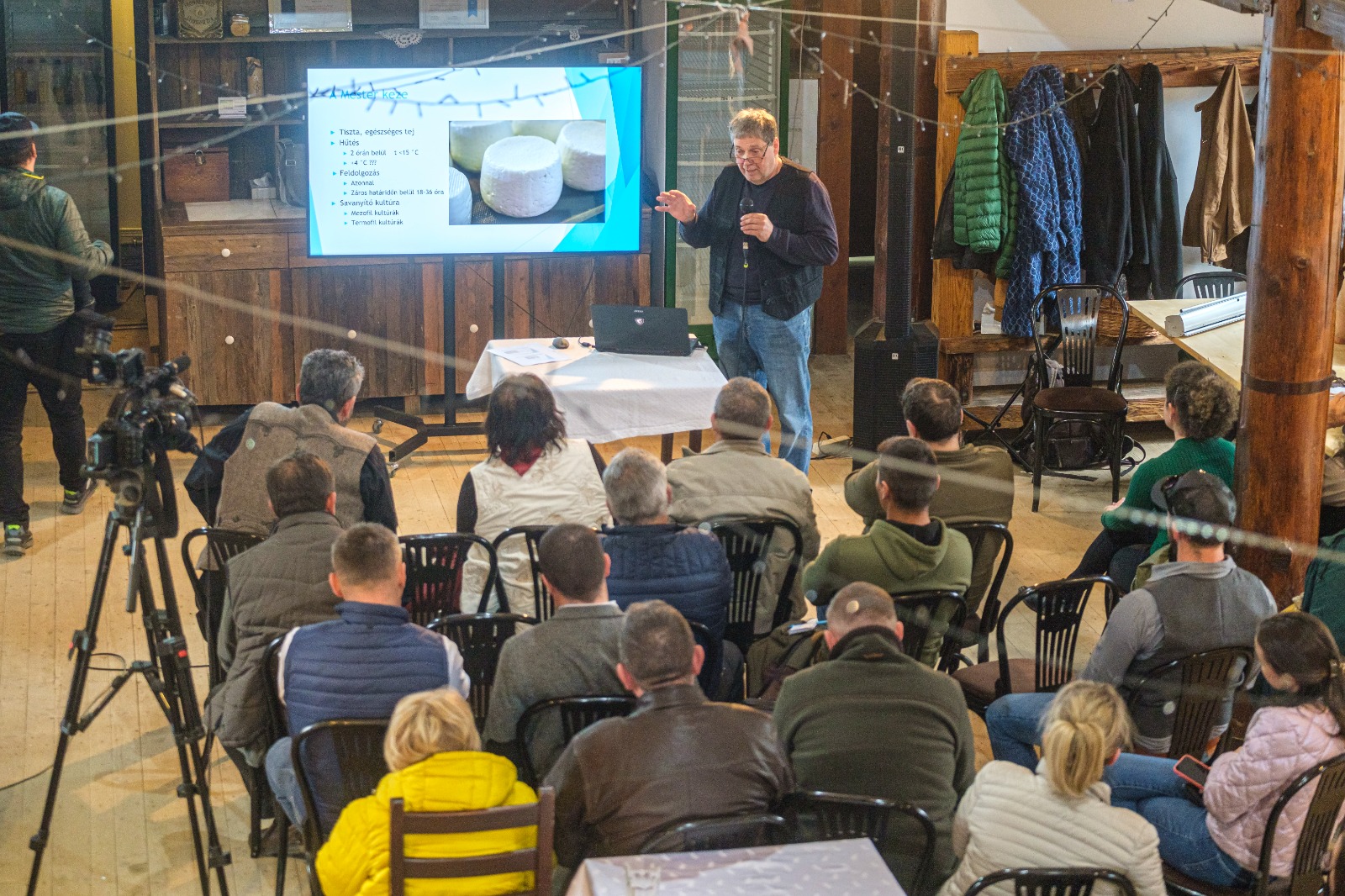
- more FRiDGE workshops in Harghita County

The communication campaign to further develop and strengthen our pride towards East-Flanders and East-Flemish gastronomic specialties.

- Agrifood Partnership of Western Macedonia starts with informing the consumers about European Union production quality and standards
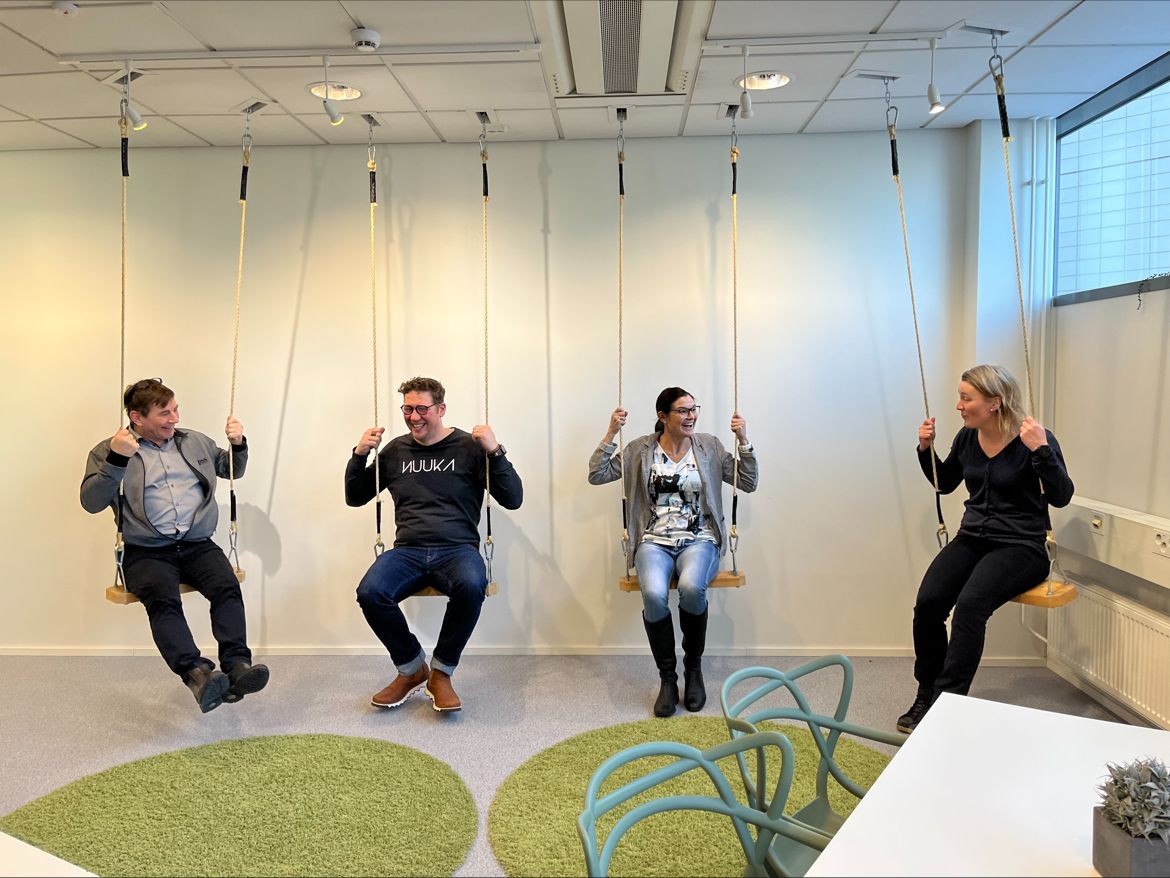
Offering Food SMEs tools and training to improve their resilience
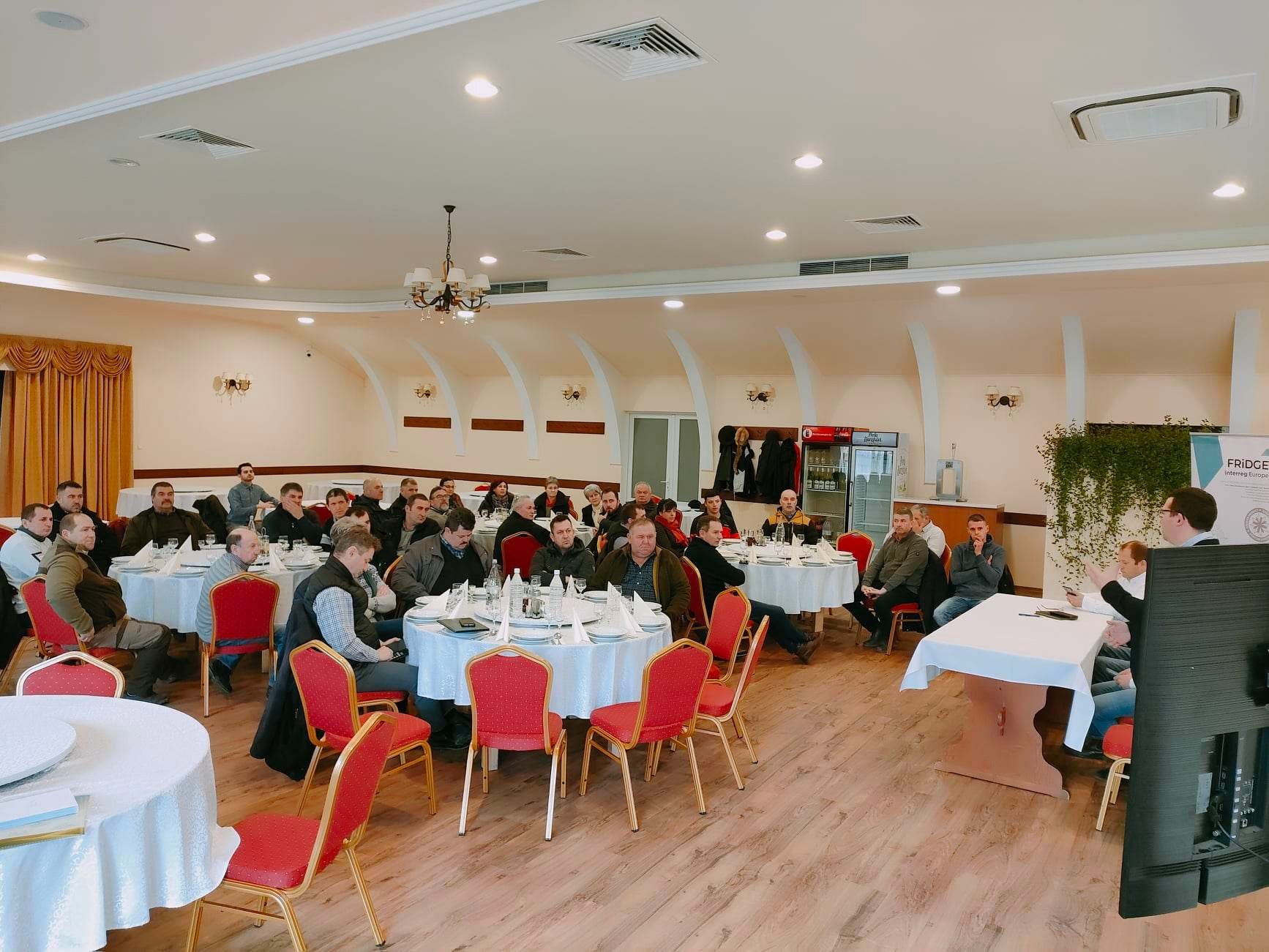
Workshop in Harghita County to support cheese producers

Now In Dutch, Hungarian and Romanian
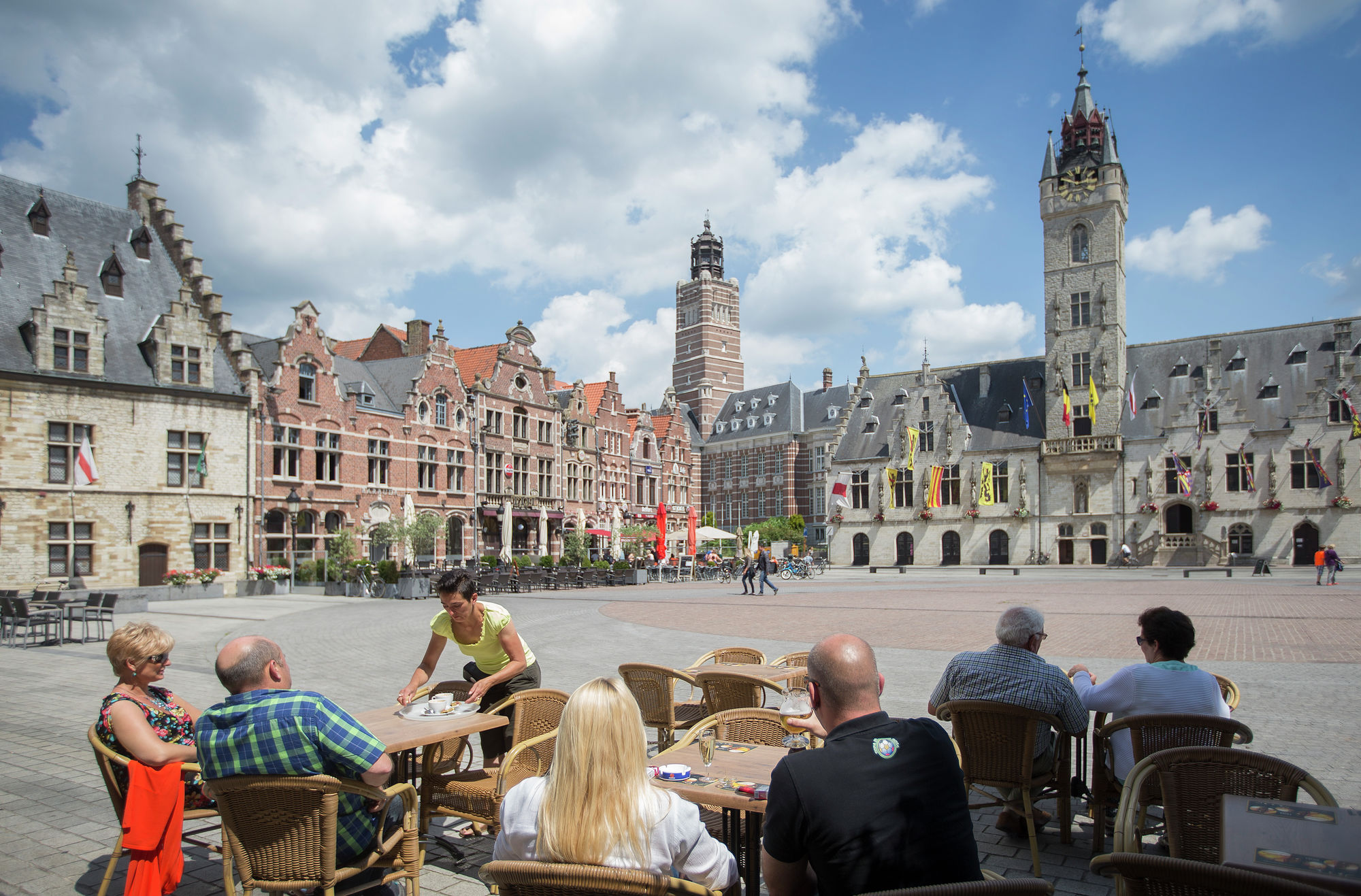
From East-Flemish needs to European inspiration to creative actions. The action plan of the East-Flanders, Belgium is here.

The Action Plan of Western Macedonia focuses on promotion, networking and attracting new members as activities of the Agrifood Partnership.